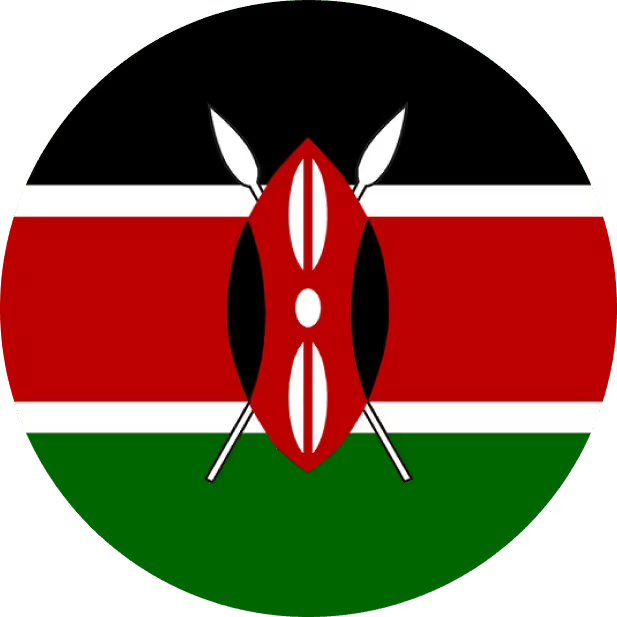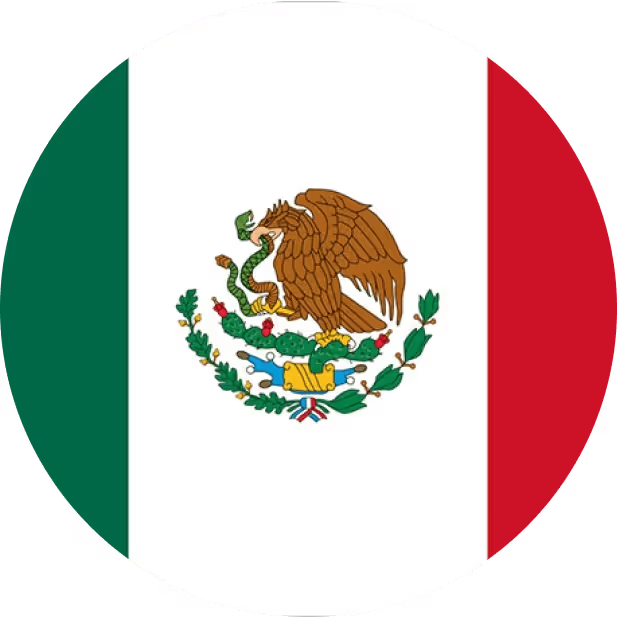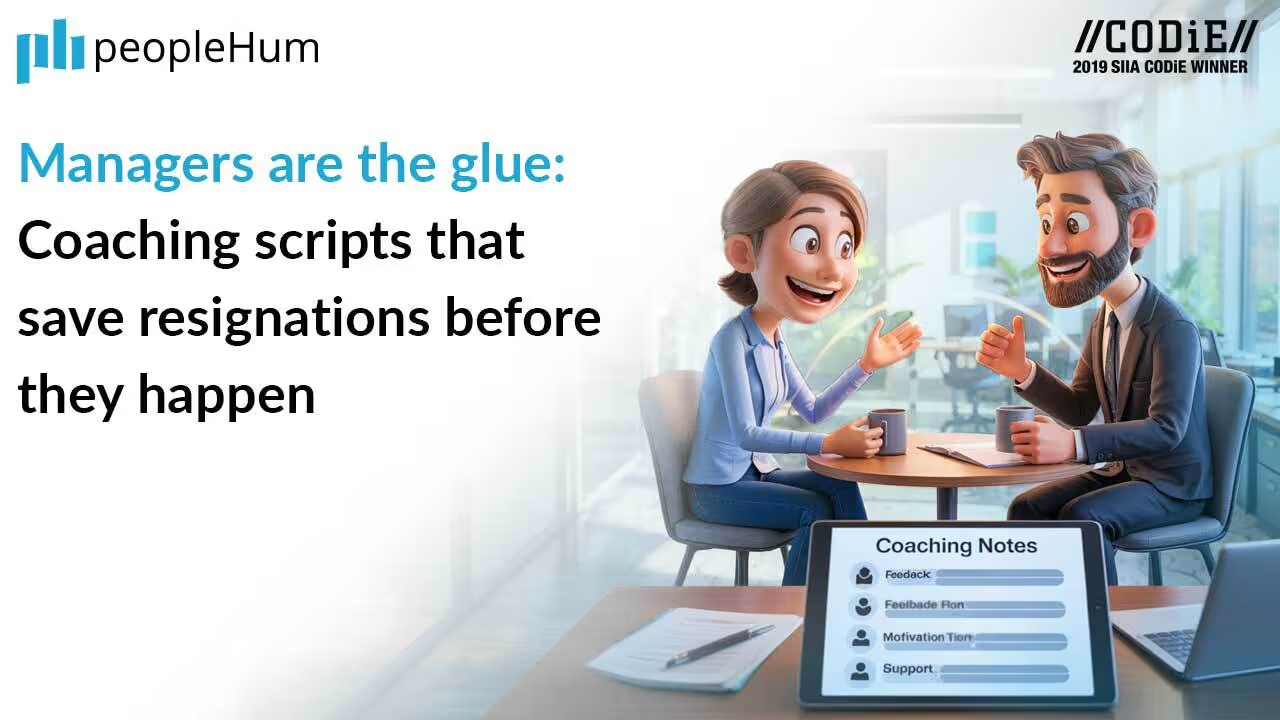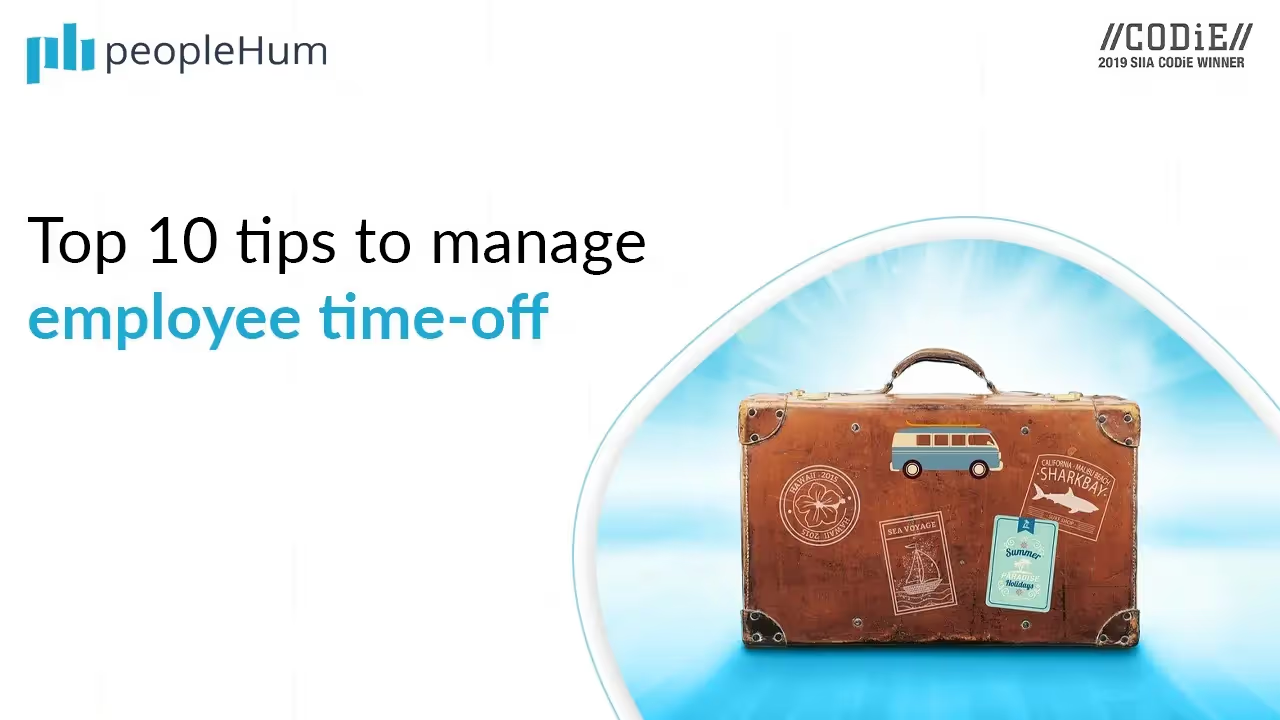Despite the enormous challenges of this year, I’ve drawn inspiration from the industrial evolutions that are happening in real time. From the medical profession’s pivot to telemedicine and cars being sold through vending machines to the fashion industry’s embrace of 3-D tech and sustainability, tomorrow’s rules around how companies will create new products, serve customers and sell things are currently being rewritten.
As CEO of an accelerated learning company, I’ve helped people at global organizations reimagine how they do business. One of my favorite conceptualizing exercises is called Assumption Reversal and it can be conducted remotely by a large group or a small team. The reversal technique is designed to help us question our assumptions around everything from routine processes to business models.
In recent years, Citibank used it to reverse its assumptions about workflow between marketing and legal departments. Procurement teams at Novartis have also used it to reverse assumptions about internal processes. To demonstrate how you can use Assumption Reversal with your own teams, let’s use the hypothetical challenge of “generate new ideas for a restaurant.” (Given the new constraints placed on restaurants during the pandemic, this particular industry offers a case study in pivoting and improvising.)
How to efficiently survive 2024

On a virtual whiteboard (like IdeaBoardz or Miro), ask your team to call out things they assume should exist at a restaurant: “Food,” “chef,” “menus,” “prices,” “staff,” “electricity,” etc.” Challenge people to break down the elements of the restaurant into as many separate assumptions as possible, aiming for a minimum of ten. To get answers that go beyond the status quo, ask participants to share their assumptions about the following categories:
● Positioning
● Pricing
● Offerings
● Packaging
● Service/support
● Logistics
● Customer focus
● Marketing/communication
● Delivery
Now, take a group vote on which three assumptions to reverse. One quick pro tip: The reverse of ”food” isn’t just “no food,” it could be “guests bring their own food” or “serve drinks instead of food.” Stretch beyond the mere opposite of the assumption to include as many alternatives as you can. Then, review your alternatives for opportunities to combine several solutions into a bigger concept. From there, discuss next steps for implementation or exploring viability.
To bring the restaurant example full-circle — and provide you with inspirational food for thought — consider these real-word reversals: To reduce human-to-human contact, a fast-casual restaurant in the Netherlands has introduced robot waiters. A fine-dining restaurant in Seattle repositioned itself as a drive-through-bagel-and-burger stand. And a Michelin-starred chef has pivoted to $45 homeade pasta kits for pick-up at her Brooklyn restaurant.
Assumption Reversal enables people to stop thinking about what can’t be done and start thinking about what can be done. It moves us beyond obvious or worn-out approaches and toward unexpected solutions and disruptive ideas. It also may just help your organization survive 2024.



































.avif)














